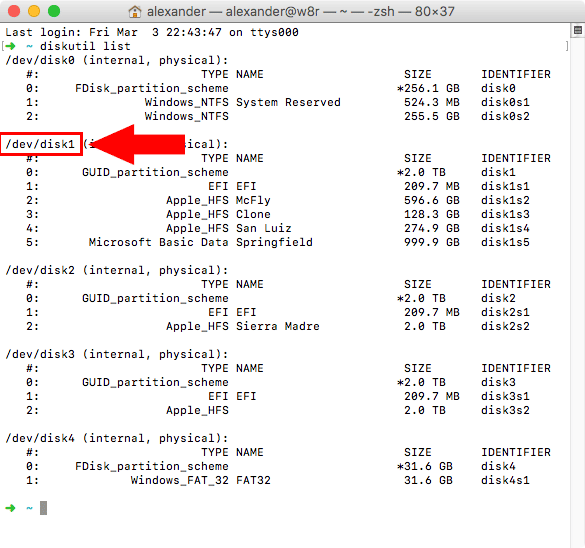Safari is the best way to see the sites on iPhone, iPad, and Mac. Thanks to blazing-fast performance and industry-leading energy efficiency, hundreds of millions of users enjoy exploring the web with Safari. Take advantage of powerful new features, advanced developer tools, and cutting edge technologies in Safari to deliver the best-in class websites and apps.
Apple Pay on the Web

Give customers an easy and secure way to make purchases in Safari 10 or later. Apple Pay allows customers to quickly pay without entering payment, shipping, or contact information on supported websites from their Mac, iPhone, or iPad. Because card numbers aren’t used and every transaction is confirmed with a fingerprint or passcode, Apple Pay is more secure than accepting credit and debit cards.

- If your Mac is using an earlier version of any Mac operating system, you should install the latest Apple software updates, which can include important security updates and updates for the apps that are installed by macOS, such as Safari, Books, Messages, Mail, Music, Calendar, and Photos.
- Control-Shift-Command-T: Add selected Finder item to the Dock (OS X Mavericks or later) Shift-Command-U: Open the Utilities folder. Option-Command-D: Show or hide the Dock. Control-Command-T: Add the selected item to the sidebar (OS X Mavericks or later). Option-Command-P: Hide or show the path bar in Finder windows.
- MacOS Big Sur elevates the most advanced desktop operating system in the world to a new level of power and beauty. Experience Mac to the fullest with a refined new design. Enjoy the biggest Safari update ever. Discover new features for Maps and Messages. And get even more transparency around your privacy.
- Mac's that came with 10.6.2 or earlier (including 10.4 and 10.5) can use the 10.6 white retail disk. Mac's that came with 10.6.3 or later need machine specific disks from Apple by calling them and providing the serial number. Mac's that orginally came with 10.7 or later cannot use the 10.6 disks.
Note: The headings on this list indicate the Macintosh System bundle names; the bullet points indicate the version of the System File included in that bundle. This is to make it clearer for people searching for specific bundle versions as opposed to System File versions. Finder File versions are not indicated. 1 Classic Mac OS 1.1 Macintosh System Software (0 - 0.3) 1.1.1 System File 1 1.1.2.
Picture in Picture
Now users can keep an eye on web video while they multi-task on Mac. Picture in Picture lets users float a video window from Safari over their desktop or full-screen app. Users can play video in any corner of their desktop and resize the window to see more or less of what’s behind it. The window stays put even if they switch desktop spaces. The default HTML5 video player in Safari automatically supports Picture in Picture. And if you use a custom video player, it’s easy to add a Picture in Picture control using the JavaScript presentation mode API.
Safari Extensions on the Mac App Store

The new Extensions category on the Mac App Store showcases Safari extensions, with editorial spotlights and top charts to help users discover and download great extensions from the developer community. Use Xcode to develop your extensions, with the option to get started using App Extension templates, and implement new capabilities using powerful native APIs and familiar web technologies. Xcode 12 supports the popular WebExtension API and includes a porting tool to make it easy to bring your extensions to Safari. And if you’ve already developed an app, you can give users access to your app’s functionality and content, right in Safari.
HTML5 and Legacy Plug-ins on macOS
To deliver faster load times, better battery life, and stronger security, Safari is optimized for HTML5, and will load this content whenever it is available. For websites that use proprietary formats, Safari supports the use of plug-ins such as Flash. In Safari 10, plug-ins are supported for websites where HTML5 is unavailable and may be enabled by users for each individual website. Users can choose to enable plug-ins for one session or every time they visit a specific website. For frequently-visited websites, enabled plug-ins will remain active. For infrequently-visited websites, plug-ins will be disabled.
Content Blockers on macOS
If you previously created Content Blockers for Safari on iOS, you can easily bring them to macOS. You’ll be able to distribute and sell Content Blockers through the Mac App Store. Just like the new Safari Extensions, Xcode makes it easy to create Content Blockers using App Extension templates.
Apple Mac Os Software List
Autoplay and Inline Video on iOS
To help users easily discover your video content, you can now autoplay videos and play them inline with other content on your webpages on all iOS devices. Safari supports autoplay on iOS devices for videos without sound, keeping down the number of distractions on the web.
Split View in Safari on iPad
Users can now view two websites at the same time on their iPad using Split View. Responsive Design Mode makes it easy to see how your websites will render in this view — just tap the iPad preview until it turns into a Split View.
Safari Technology Preview
Apple Mac Os List Files
Download Safari Technology Preview to get a sneak peek at upcoming web technologies in macOS and iOS and experiment with them in your websites and extensions.
